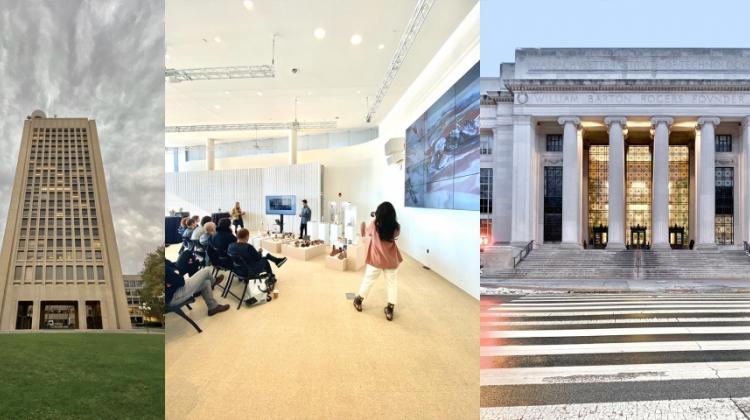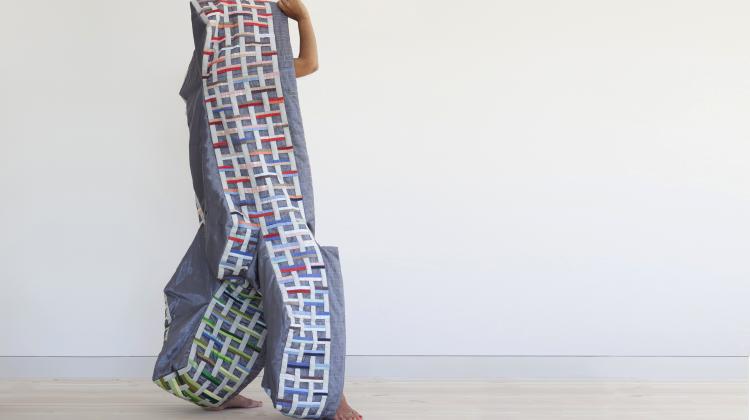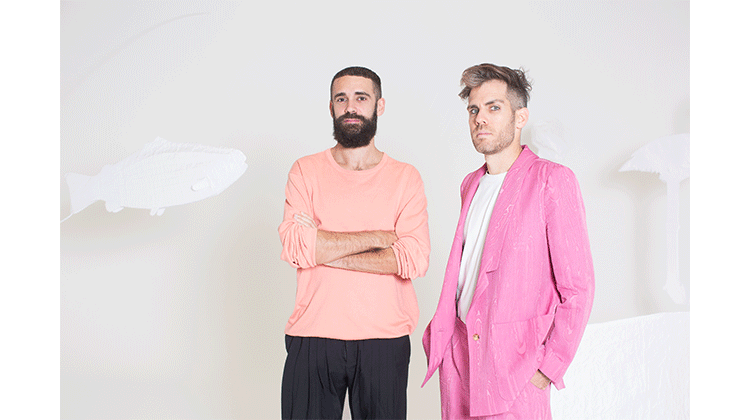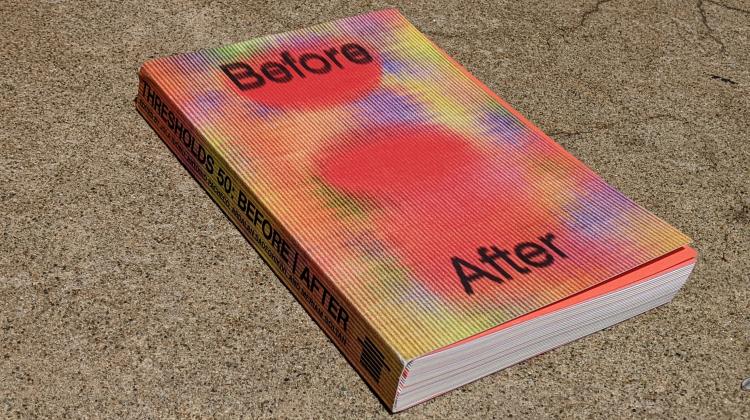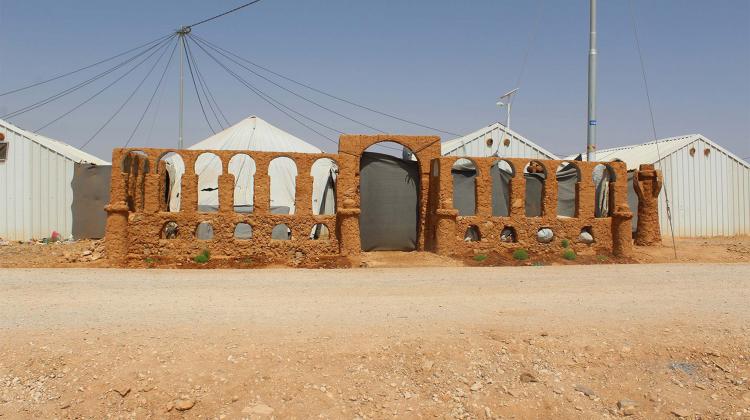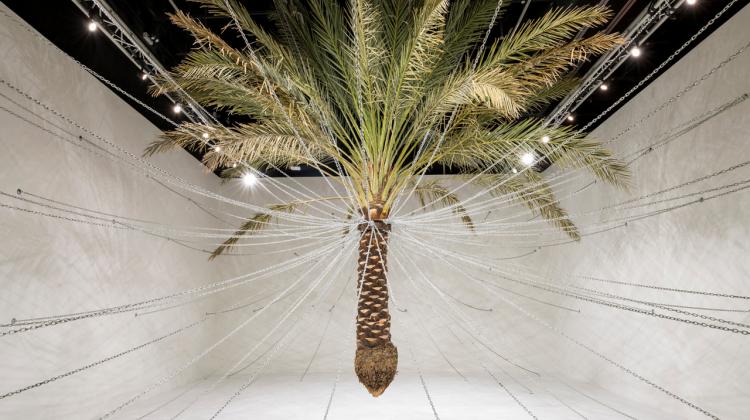Introduction to Artistic Experimentation — Scale, Signal, Spectrum
2/8/23 note: room changed to E15-207
Incommensurability is defined as the inability to express or comprehend one conceptual scheme in terms of another. That is, in other words, a lack of a common measure between models of observations, value systems, or ideologies. Environmental observational methods present incommensurability when scale becomes a variable. This lack of a common measure presents itself as well in the general inability to comprehend magnitudes of planetary phenomena related to climate change and the effects it has on humans and more than humans. The answer, as Thomas Kuhn or Paul Feyerabend would state, is not to push for a common, universalized system of measure, but to exist and experiment on incommensurable alternatives. The role of experimentation is crucial for imagining these incommensurable alternatives as it is the foundation for the translations which can potentially be actualized, demonstrating that scientific change– as well as economical and societal– are not cumulative or progress driven (conceptual conservatism), but rather never-ending spirals full of ambiguity and constant change. The incommensurability of scale and its different translations, instruments, affects, and misinterpretations will be the main exploration topic for this course.
4.301- Scale, Signal, Spectrum offers an introduction to artistic experimentation through the lens of incommensurability. By focusing on observation, measurement, and translation of the environment, this course employs artistic methodologies in order to understand conceptual and political implications of scaling mechanisms by way of time and space through biological, geological, astronomical, urban, and mechanical devices and lenses. Students will produce their own time-based instruments of environmental observation, learning from a variety of contemporary and historical technologies such as astrolabes, pantographs, and geological sections to scanning devices, radio antennas or electromagnetic signals. Strong interest is vested not just in the prototyping, conception, design, and implementation of such experiments but on their deployment and observation in public space.
Through a series of lectures, presentations, walks, and trainings, students will be introduced to a wide variety of research based artistic practices that deal with the matters of scale and its possible translations. Students will develop three studio-based exercises using different scales as media where we will explore site interventions and strategies for artistic engagement in the public realm. The production of time-based media/ instruments of environmental observation include: printmaking, molding and casting, scaling mechanisms, sonic translations, visual representations, and time-based recording devices.
4.301 Syllabus (MIT Certificate protected)



